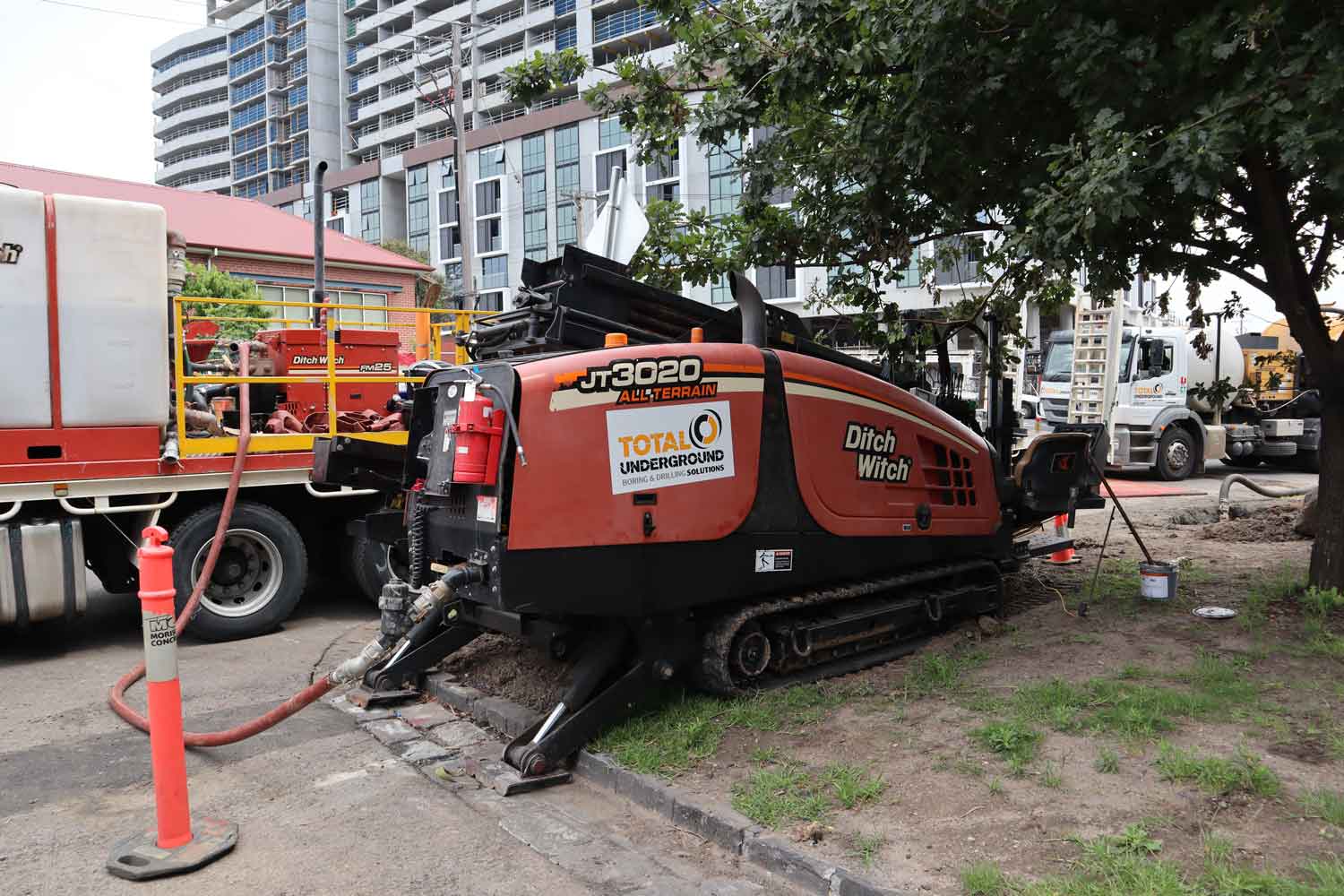Horizontal Directional Drilling, or HDD, is a transformative technology in the field of underground construction and utility installation. This cutting-edge drilling technique allows for the installation of pipes, conduits, and wires without the need for significant surface disruption. As infrastructure demands continue to evolve, HDD offers a trustworthy solution for traversing urban environments, sensitive ecological areas, and complex terrains. Grasping how HDD works and its myriad advantages can provide project planners and engineers with the insight needed to make educated decisions for their projects.
In an era where minimizing environmental impact and accelerating project timelines are critical, the importance of technology in HDD cannot be overstated. The inclusion of sophisticated tools such as GPS and live monitoring systems has greatly enhanced the accuracy and effectiveness of drilling operations. As we explore the intricacies of horizontal directional drilling, we will discuss its benefits, challenges, and the future landscape of trenchless technology, shedding light on why HDD is increasingly favored for utility installations and essential infrastructure projects.

Comprehending Horizontal Directional Drilling
HDD serves as a method utilized to install underground utilities with limited surface disturbance. It entails the utilization of a specific drilling machine that forms a lateral bore through the earth, allowing for the placement of tubes, cables, and additional infrastructure under existing buildings, streets, and vulnerable ecological spaces. The process usually starts with a test hole being drilled along a specified route, which can maneuver around barriers and adhere to particular gradients.
The HDD approach stands out in contrast to traditional trenching because it considerably reduces the effect on the adjacent ecosystem. Conventional trenching often results in large excavations and the removal of considerable amounts of soil and vegetation, while HDD maintains the integrity of the environment, protecting its natural condition. This reduces both the ecological impact and related restoration expenses, rendering it a more eco-friendly option for utility installation.
One of the primary benefits of HDD is its capability to navigate complex landscapes. This feature renders it particularly efficient for initiatives in urban areas where room is limited and for crossing rivers and roads where traditional approaches would be impractical or problematic. The technology behind HDD continuously evolves, resulting in enhancements in efficiency and precision, ultimately boosting the overall effectiveness of underground utility installations.
Advantages and Environmental Impact of HDD
Horizontal Directional Drilling delivers numerous pros over conventional trenching methods, especially within city areas in which room is restricted. Its ability to install infrastructure cables without the need for significant surface disturbance allows for faster task finish. HDD further minimizes the requirement for large-scale repair efforts following setup, reducing overall project durations and costs. The accuracy of HDD methods ensures that installations can be carried out with minimal effect on current facilities, aiding both project managers and communities alike.
Ecological effects is a important consideration in contemporary construction methods, and HDD is recognized as an eco-friendly option. This method lessens the impact of building work, protecting plant life and animal habitats. HDD furthermore minimizes ground degradation and soil displacement, which can be harmful to nearby water bodies and natural environments. By utilizing trenchless technology, HDD helps maintain the natural landscape while still fulfilling the demands of utility laying.
In addition, HDD is vital in tackling regulatory and permitting issues related to environmental protection. By minimizing Horizontal Directional Drilling Ashbourne Ireland , HDD projects often encounter less obstacles in obtaining necessary approvals, resulting in a more efficient procedure. This feature is crucial in fragile regions where compliance with ecological laws is stringent. As the need for eco-friendly construction methods increases, HDD is more and more recognized for its capability to harmonize development needs with ecological stewardship.
Emerging Innovations and Advancements in HDD
As Horizontal Directional Drilling technology progresses, we can expect to observe considerable improvements in the precision and efficiency of HDD projects. Emerging technologies such as state-of-the-art GPS systems and real-time data analytics are being combined into traditional HDD practices. These innovations improve the accuracy of drilling paths and allow operators to make informed decisions, reducing the likelihood of expensive errors and project delays.
Another significant trend is the growing focus on environmental responsibility within HDD operations. Companies are more frequently embracing eco-friendly drilling fluids and methods that reduce harm to the environment. The trend towards greener operations not just benefits the ecosystem but also complies with regulatory requirements and public expectations. As knowledge about environmental issues rises, HDD will play a crucial role in achieving construction goals without extensive surface disruption.
Finally, the incorporation of automated technology and robotics into HDD is on the increase, with manufacturers designing robotic systems that can handle complex tasks historically performed by skilled personnel. These innovations are set to streamline the HDD process even further, improving safety and lowering labor costs. As we look into the future, the marriage of technology with HDD will persist in transforming how utility installations are conducted, making them quicker, safer, and superior than ever before.
